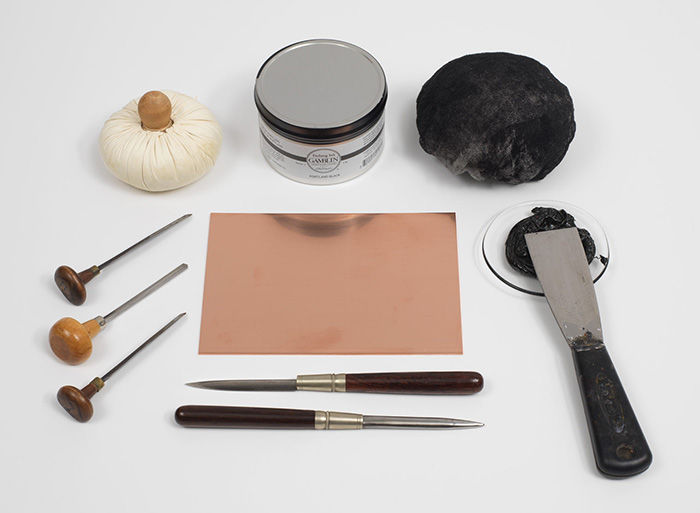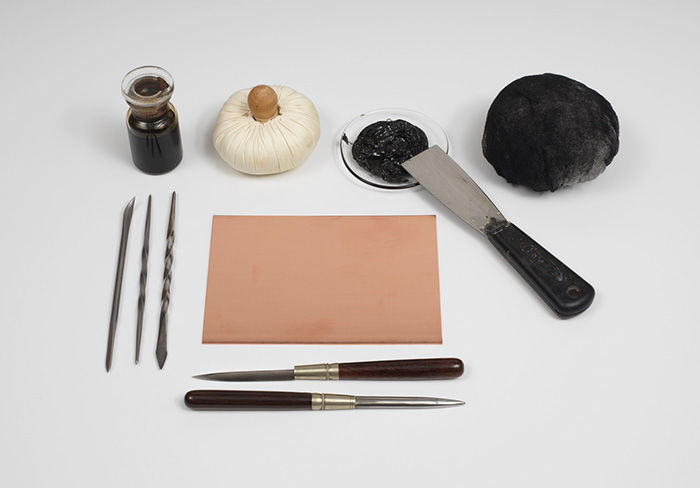Solitary Flycatcher. Vireo solitarius [current name: Blue-headed Vireo. Vireo solitarius], from "The Birds of America," plate 28 [later XXVIII]
Not on view
This print from Audubon's The Birds of America represents male and female adult birds, facing right and perched on a branch of Giant Cane. They have green back feathers, brown wings banded with black and white, white breasts and looped white eye-surrounds. This is a first variant before the plate number was changed from 28 to XXVIII. In 1809-10 Audubon wrote that he killed examples of the species near Henderson, Kentucky; and in 1821 wrote again of collecting another pair on the Mississippi–any of these could have been used as models here. Vireo solitarius, Vireo cassini and Vireo plumbeus were once considered subspecies of the Solitary Vireo. The American Ornithologists' Union Check-list (1998) lists them, however, as full species with the name of solitarius changed from Solitary to Blue-headed. Only the Blue-headed is described in Birds of America.
Audubon placed the birds in his prints amongst plants native to their habitats, a significant departure from traditional natural history drawing practice. Also innovative was to often show birds in movement and, when more than one appear, from different points of view to display more of their plumage. Engraved text below gives English vernacular names for the birds followed by Latin, with plants identified in the same way. Full sets of The Birds of America contain 435 life-sized depictions. Over thirteen years, subscribers periodically received sets of five prints (each set containing images of two small, one medium sized and one large bird species). Engraved numbers at upper left and right identify the set number and individual plate number. Double elephant-folio sized sheets of paper were used, no matter the size of the printing plate, to allow the sets to be bound together once complete. Fewer than two hundred full sets were produced. When later divided, previous owners of individual prints often trimmed the margins. This work retains its original margins.


